What Lara Croft's origin trilogy got right and wrong
From the 2013 reboot to Shadow of the Tomb Raider.
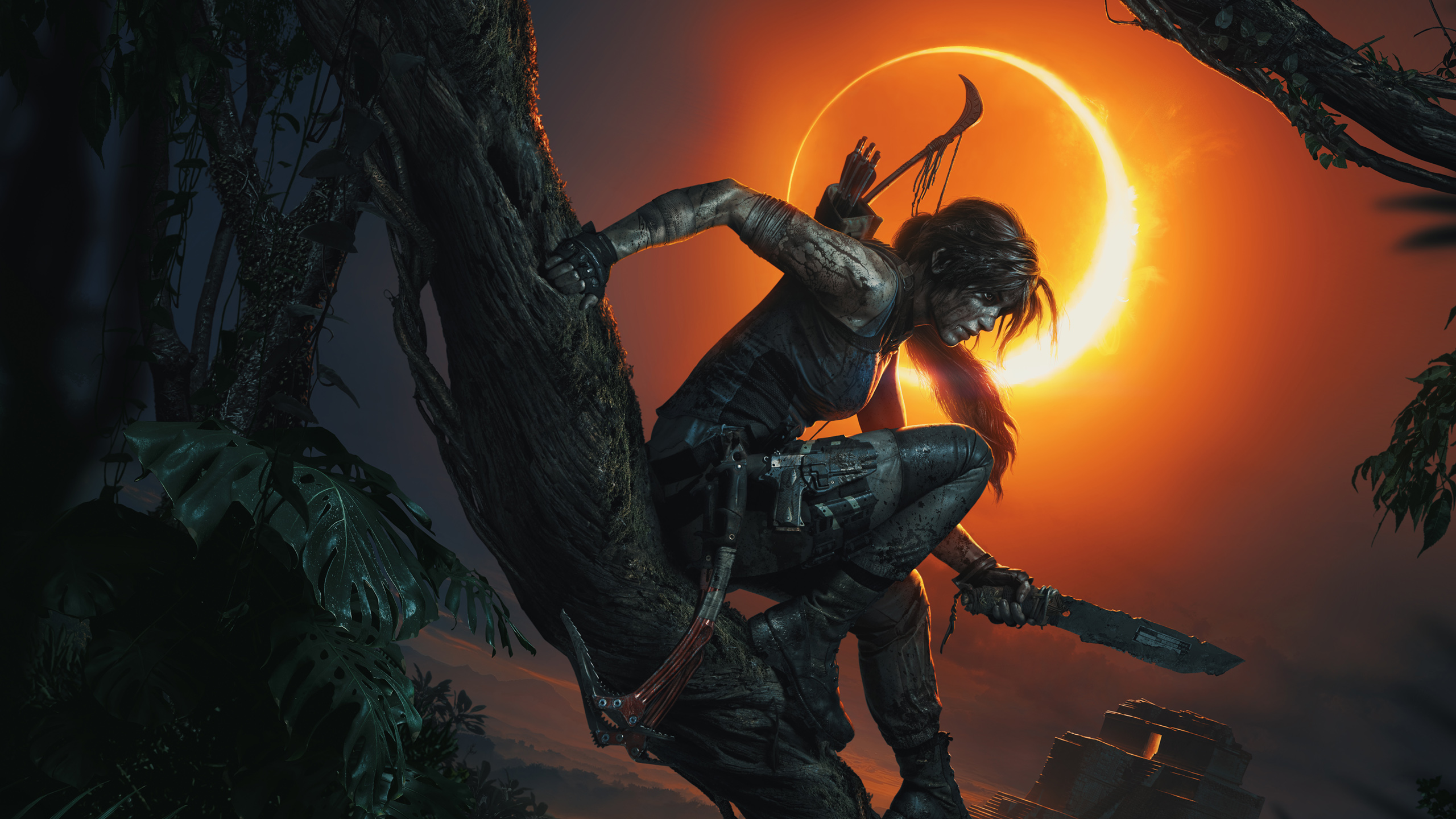
Shadow of the Tomb Raider marks the end of Lara Croft’s ‘origin trilogy’, which began with Crystal Dynamics’ dramatic reboot back in 2013. Over the course of three games she’s grown from a starry-eyed rookie to a seasoned adventurer, and it’s been an interesting journey indeed. In some ways this has been a successful modern reboot of a beloved series; in others it’s frustrating, inconsistent, and occasionally just plain bad. So let’s take a look back at the three games in the trilogy—Tomb Raider, Rise of the Tomb Raider, and Shadow of the Tomb Raider—and delve into their respective highs and lows.
The tone
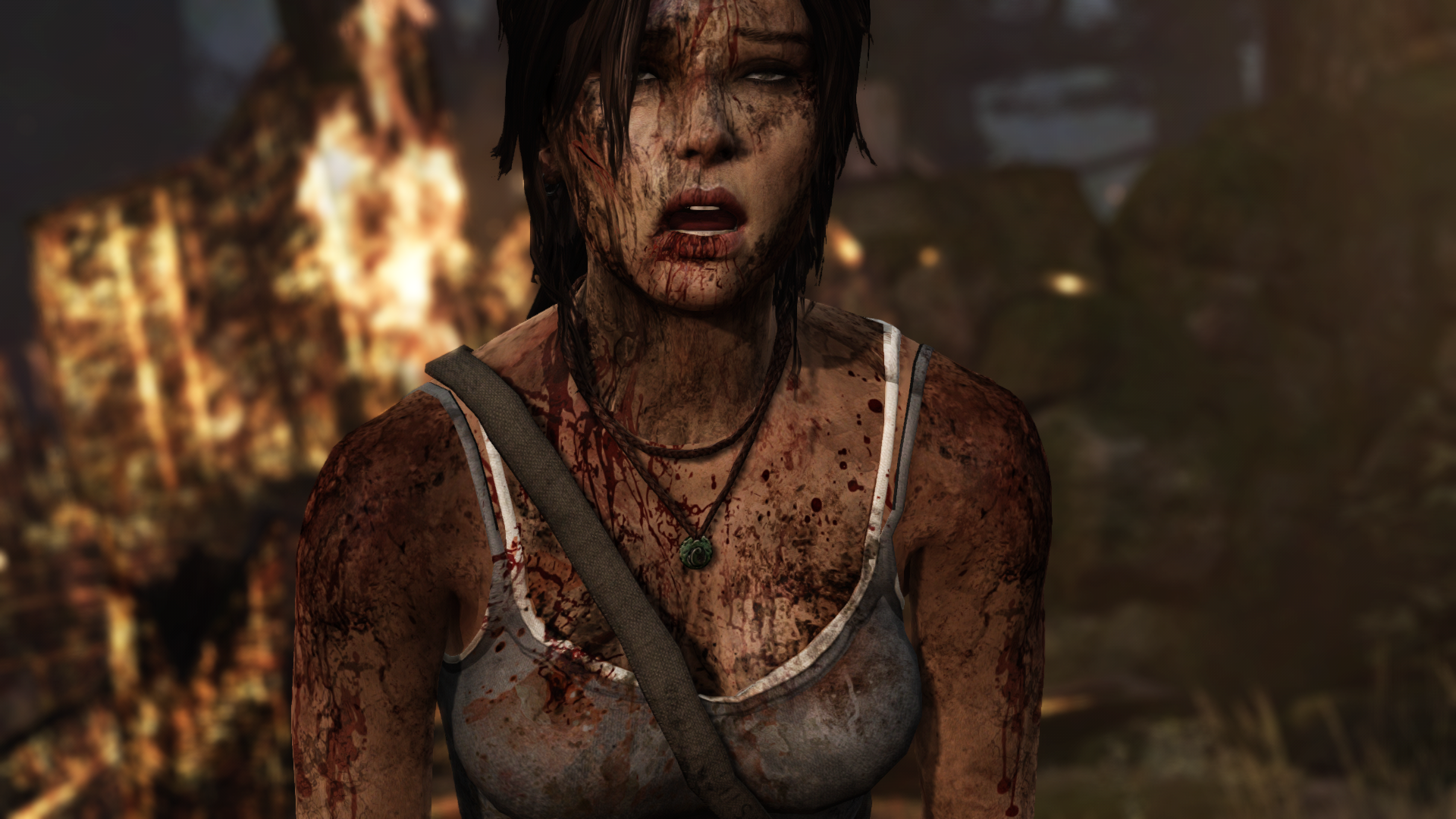
Just under six minutes into 2013’s Tomb Raider reboot, Lara says “This is gonna hurt!” before being impaled on a rusty spike: a moment that neatly establishes the relentlessly grim tone of the trilogy. Across these three games Lara is constantly covered in blood, yelping in pain, and being brutalised by wild animals and mercenaries. And, honestly, it’s a bit much.
Crystal Dynamics were clearly trying to make Lara less like Indiana Jones and more of a real, fragile human. But the abundance of graphic imagery just comes across as gratuitous. Shadow of the Tomb Raider does ease off on this a little, at least until the human sacrifices start happening, but in general the origin trilogy is a festival of extreme gore and unnecessarily vivid violence.
The tone also feels contradictory at times. Early in the reboot, Lara laments having to hunt a deer for food: then just a few hours later she’s merrily machine-gunning dozens of pirates to death, spattered with blood, seemingly transformed into a hardened, emotionless killer. Yet despite the gauntlet of death and misery she’s forced to wade through, in cutscenes she’s almost like a different person: quiet, thoughtful, kind, and very posh.
Plenty of other games suffer from this, but in Tomb Raider it’s especially pronounced. It feels like Crystal Dynamics (and later Eidos Montreal) couldn’t decide whether they wanted her to be a deadly predator who skulks around in the shadows snapping necks like Solid Snake, or a real person on a journey of growth and discovery. The two just don’t sit well together and it’s a dissonance that ultimately makes her difficult to empathise with.
The tombs
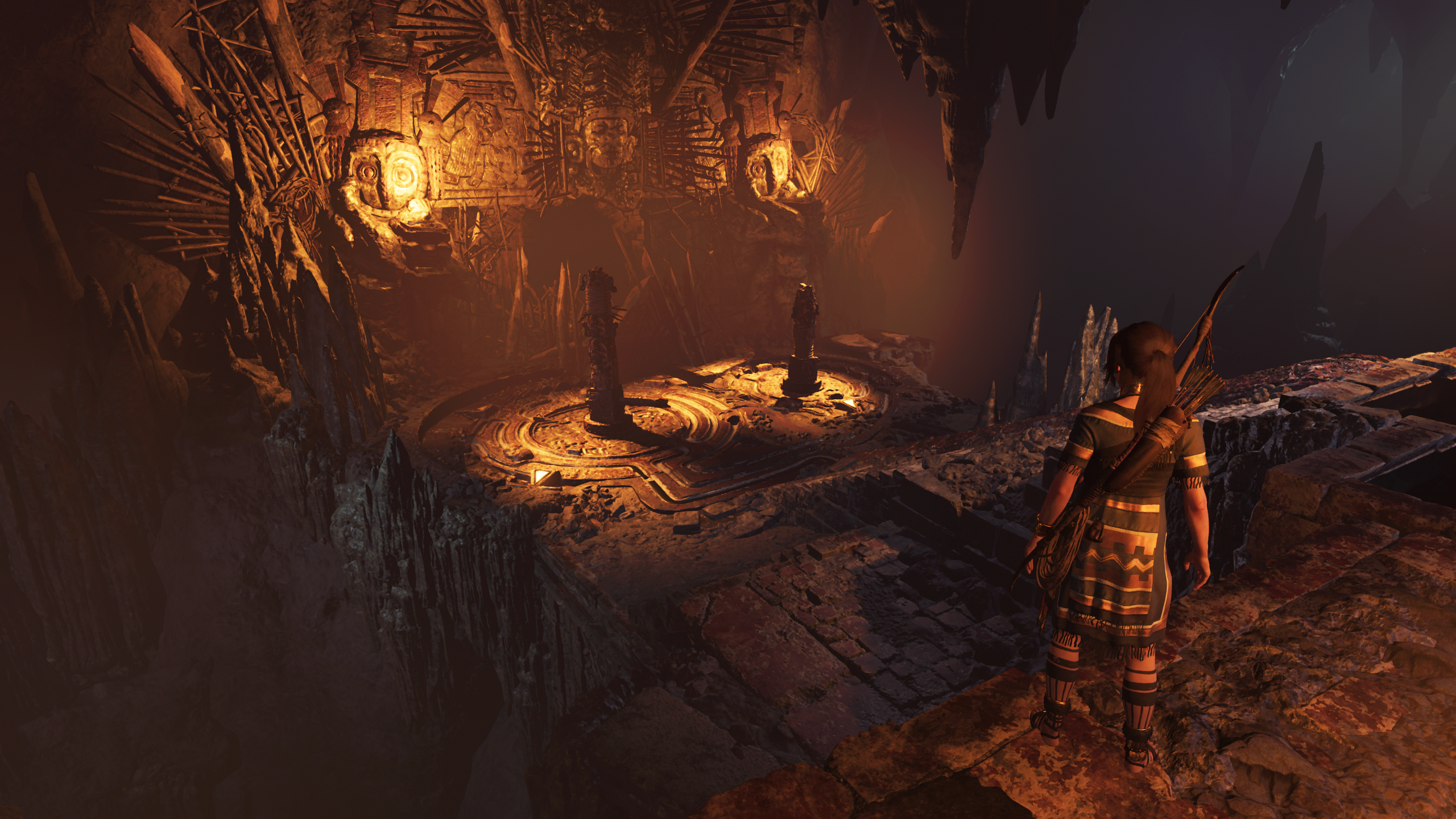
I love the tombs in these games. The puzzle solutions are relatively obvious compared to the much more challenging originals, but there’s something immensely satisfying about solving giant, room-sized brain-teasers. And they’re brilliantly atmospheric too, particularly in Shadow, giving you a palpable feeling of being an intruder in some forgotten, forbidden, ancient place. It’s that romanticised Indiana Jones vision of history, where traps lie around every corner and mysterious glowing artifacts are waiting as a reward for anyone capable, or foolish, enough to make it through alive.
But it took them a while to get going. The tombs in the first game seemed apologetic and tacked on rather than an integral part of it. For a game called ‘Tomb Raider’ there sure was a lot of boring third-person shooting in that reboot. But the developers eventually seemed to realise that diving into ancient ruins and uncovering their secrets shouldn’t be an optional extra, but part of the critical path. This comes to a head in Shadow, which is the tomb raidiest Tomb Raider in years, with more time spent puzzling through crypts, caverns, and temples than shooting reams of anonymous bad guys.
The biggest gaming news, reviews and hardware deals
Keep up to date with the most important stories and the best deals, as picked by the PC Gamer team.
Of course, action has always been a big part of the Tomb Raider experience. Let’s not forget that Lara fought a dinosaur in her first adventure. But I think they went slightly too far with it in the origin trilogy, perhaps in an attempt to keep up with the intensely combat-focused Uncharted series. For me, Tomb Raider is best when it’s just Lara, an ancient temple, and some puzzles to solve, and maybe the odd wild animal to spice things up. But I really don’t think we need to see her scrabbling between cover, setting pirates on fire with Molotov cocktails, and brutally shotgunning mercenaries to pieces.
The world
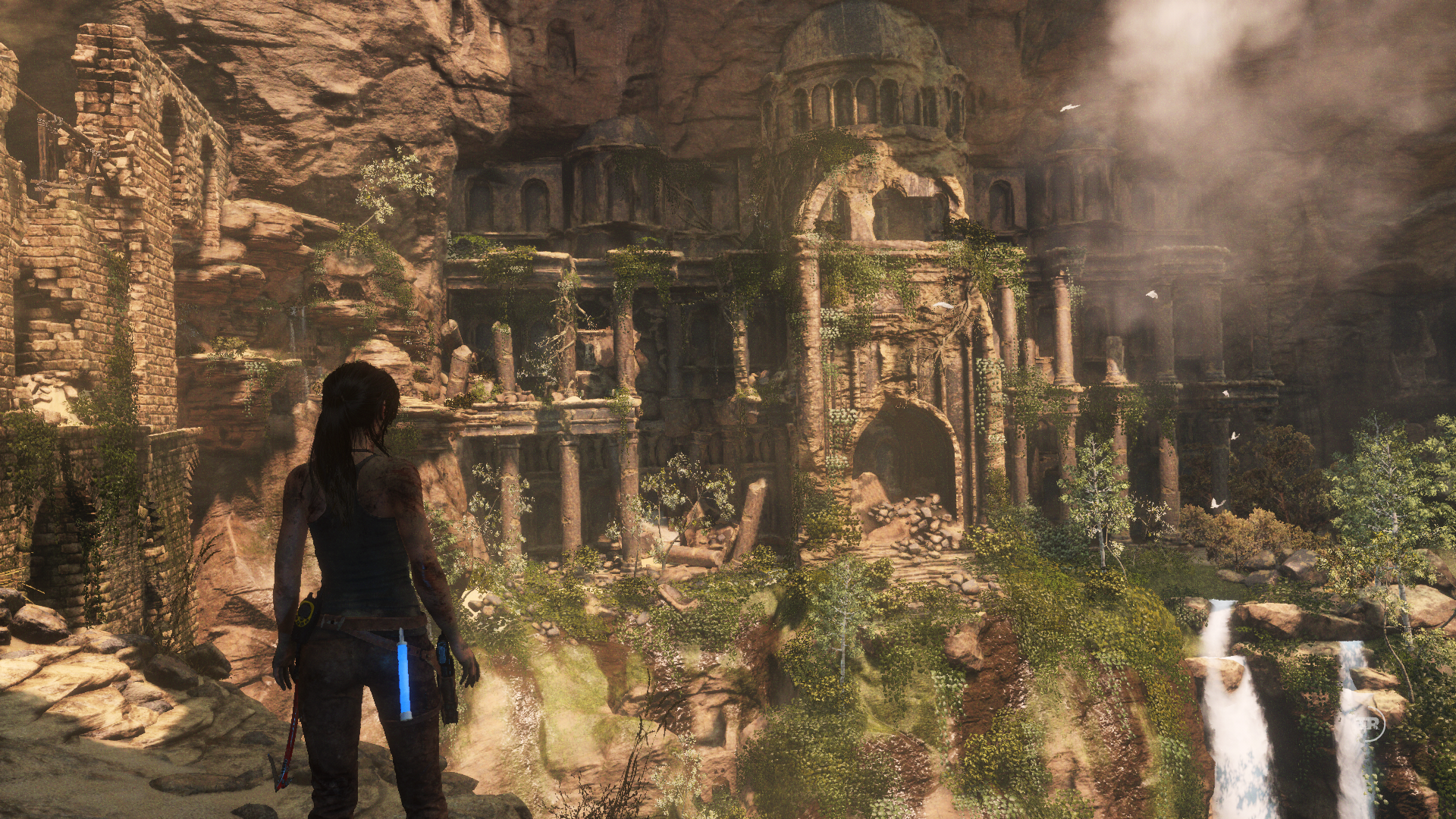
But swinging back to a positive, I do love the semi-open structure of the origin trilogy. Rather than a series of levels, locations are connected and can be returned to at any time. I’m a sucker for games that tease you with places you can’t access until you unlock a particular item or ability later down the line, and these games are full of that kind of design. Connecting locations like this makes the world feel more convincing and natural, although it does limit the globe-hopping aspect that made Tomb Raider 2 so exciting.
There’s a distinctive visual language in all three games that helps you find the right place to be, or right thing to interact with, in those dense, cluttered environments. When you see a rope tied around something you instinctively reach for your bow to fire another rope at it. When there’s a smudge of white paint on something you know you can scramble up it. But the more I played the games and became familiar with them, these would shatter my immersion. Highlighting things like this makes exploration feel inorganic and overly telegraphed, although you can diminish or disable some of these visual cues with Shadow’s clever customisable difficulty settings.
I don’t know what direction future Tomb Raider games will take, but I would like to see this open structure return. I don’t think Tomb Raider should ever be an open world game—there are far too many of those around at the moment—but it would be cool to have a greater sense of travelling across large distances, into thick, isolated jungles, across raging rivers. I want to feel like Lara is on a real expedition. But I’d be happy with the same structure and maybe a few larger locations. Of the many things this trilogy brought to the Tomb Raider series, this sense of a consistent, interconnected world is probably my favourite.
The systems

I’m not a fan of the series’ survival and crafting elements. For one they feel half-baked, like an attempt to jump on the survival game bandwagon rather than something connected to the game in any meaningful way. Having to break saplings apart to craft arrows, or snatch up herbs to make medicine, doesn’t make me feel like a survivor on the edge: it’s just busywork. It’s a superficial layer added to the game to make it seem like more than just another third-person action game, and I never really bought into it.
I do like some of the features these games introduced, such as learning languages to decipher monoliths. That reinforces the idea that Lara is an archaeologist and a scholar in a way shooting people with a big gun does not. I’d like to see more of that in future games, because Lara’s USP as a videogame hero—being an enlightened, educated historian—is massively underused in these new games, and in the series in general. I’d like to see her getting a bit more intellectual, solving puzzles using her knowledge of history rather than just finding the right lever to pull or mirror to rotate.
The future
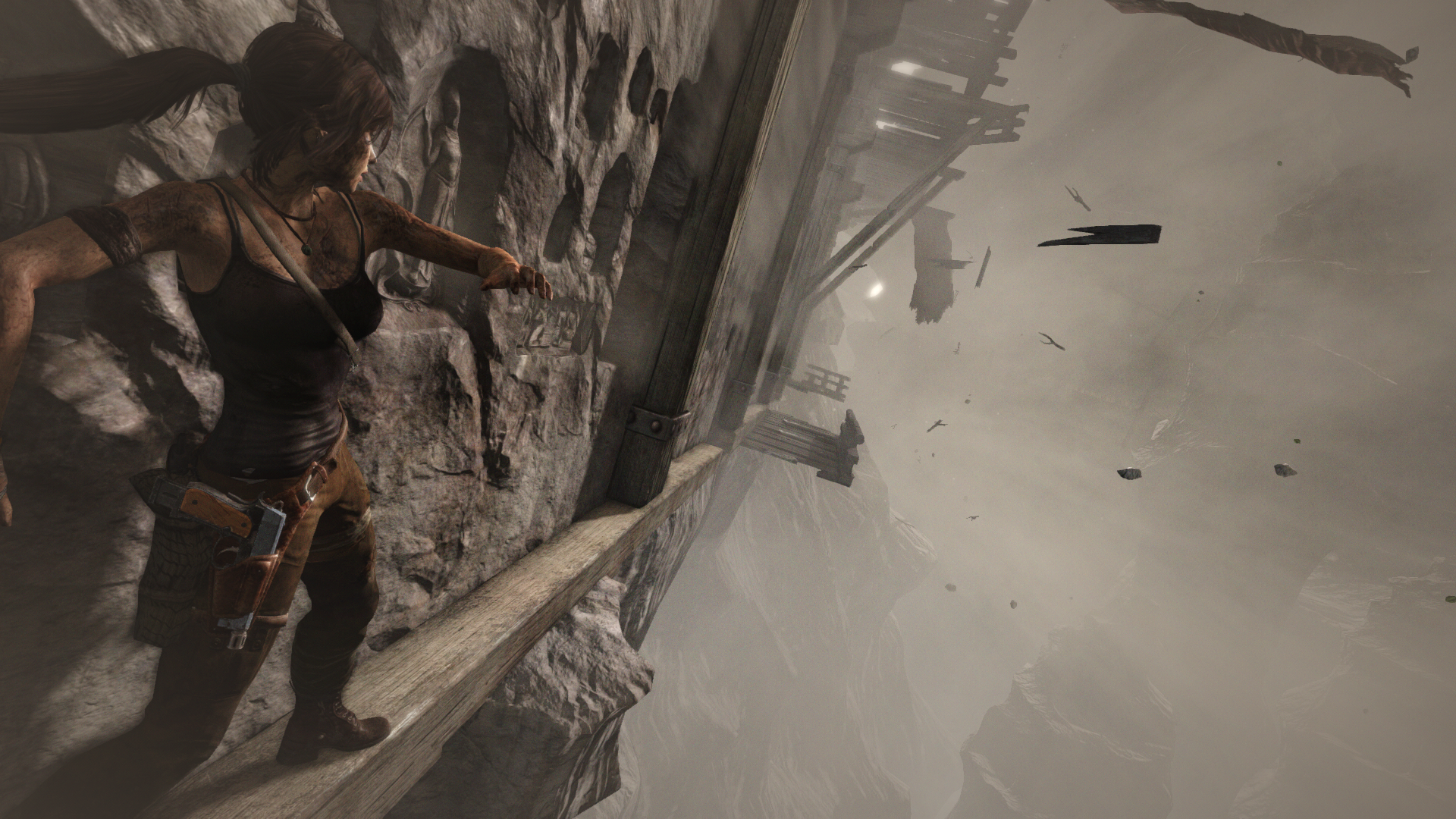
Despite the flaws outlined above, I enjoyed all three of these games. Rise was the low point thanks mainly to its abundance of tedious firefights, but Shadow excels by making the stealth deeper and more interesting, and giving it priority over regular combat. I think I only had a handful of firefights in the third game, and it was all the better for it. But where should Square Enix take the series next? This being the end of the origin trilogy, or the ‘survivor timeline’ as some fans call it, means it’s the perfect time for another reboot.
They’d never do it, but I’d love to see a Tomb Raider game focused entirely around puzzles. Something like The Talos Principle, but with the series’ trademark climbing thrown in. I’d also love to see Lara return to Egypt, because venturing into the pyramids in Assassin’s Creed Origins gave me a taste for that setting. But who knows what they’ll do, and who will develop it? Crystal Dynamics have been making Tomb Raider games for ages, and is now working on The Avengers, so I’d like to see someone else take a shot. My gut says the next one will be open world, and I’ll be referring back to this to gloat when I’m proved right.
Lara Croft might not have the same cultural influence she had back in the ‘90s when she would appear in Lucozade adverts and on the cover of The Face, but it’s nice that she’s still around, and starring in some decent games. The origin trilogy dragged Lara down to the deepest, murkiest depths of hell, so maybe next time the series should bring back some of the pulpy, adventurous, comic book spirit of the original games. I don’t know if I can face another 25 hours of her wading through pools of blood, dragging herself through caves stuffed with severed body parts, or getting herself impaled on rusty spikes.
If it’s set in space, Andy will probably write about it. He loves sci-fi, adventure games, taking screenshots, Twin Peaks, weird sims, Alien: Isolation, and anything with a good story.


